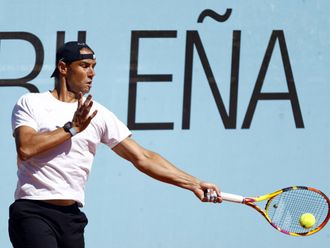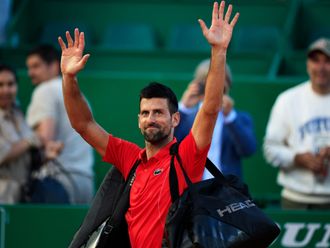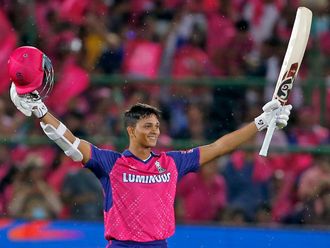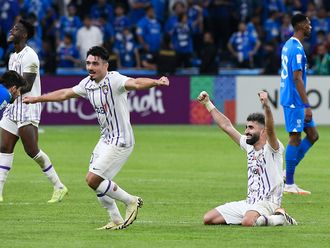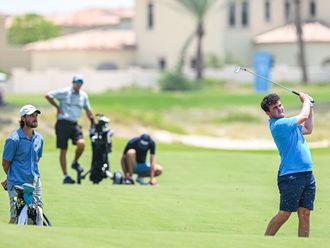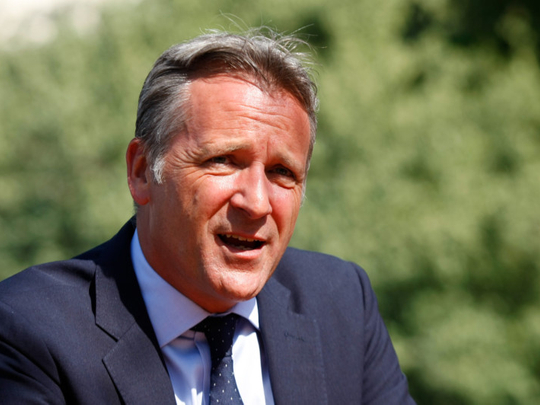
Dubai: The head of the ATP World Tour says the Challenger Tour is the ‘cornerstone’ of tennis and helping it flourish is key if the sport is to have a bright future.
Chris Kermode, the ATP’s Executive Chairman and President, is a big fan of the secondary tour, which is meant to act as a springboard to fame for the future stars of professional tennis.
Nearly every player on the ATP Tour, which was founded in 1990, has fought his way to the top of the game through the Challengers, including former world number ones Pete Sampras, Roger Federer and Rafael Nadal. A handful of youngsters are also coming through prominently, such as Benoit Paire (France), Jack Sock (USA), Ernests Gulbis (Latvia), Milos Raonic (Canada), Bernard Tomic (Australia), Kei Nishikori (Japan) and Borna Coric (Croatia).
Challenger events are run under the rules and regulations of the senior tour and are fully administered by the ATP. There are about 150 Challenger tournaments and each one is assigned Emirates ATP Ranking points according to the prize money of each event.
At the beginning of this year, the ATP announced significant efforts to enhance the Challenger Tour, including further increasing prize money from its existing minimum of $40,000 plus hospitality to $50,000 plus hospitality by 2017. The ATP is offering all current minimum prize money tournaments a subsidy to move up to $50,000 starting this season.
“Challengers are the cornerstone for the future of tennis. If you don’t have players who have an ability to come through a ranking system and a structure of events then where will our next group of players come from? It’s the very unglamorous part of the game, but anyone who ignores it, or doesn’t give it full attention, then he does so at his own peril. Without the Challengers, we don’t have a structure,” Kermode told Gulf News on the sidelines of the Dubai Duty Free Tennis Championships.
“What we are looking at with the full Challenger Tour is not just increasing the prize money, but having a proper structure that will have players reaching their full potential, both as players and as individuals.”
Kermode was given his current role in November 2013 and began his three-year term in January 2014.
The ATP’s other priorities for the Challenger Tour under his stewardship include provision of umpires, physiotherapists and player relations staff across a number of selected tournaments, as well as ensuring more tournaments are staged in regional swings that complement ATP World Tour events in an attempt to enable players to reduce costs and travel time.
Among other enhancements, branded nets are also being featured at Challenger tournaments from this season to give the series a worldwide branding and create a unified look for the circuit globally.
“It’s about the whole package for these youngsters. It’s about supplying the right physios, it’s about supplying the right education process to suit their level, it’s about imparting the right learning about the business of tennis while aspiring to be a top athlete and it’s also about choosing the right tournaments in the right weeks,” Kermode said.
“The other thing is to give the Challengers an identity of their own. Realistically, the Challengers have never had their own identity before and now we can package them much better.”
But Kermode was unsure on the time frame that could be needed to reap the fruits of the lower-level series.
“At this moment, it will be difficult to gauge and quantify it. Players are coming through anyway and, like all things, the success is not tangible. But we will get a feel for it and it will be self evident in due course. For now, the Challengers are a major priority.”


